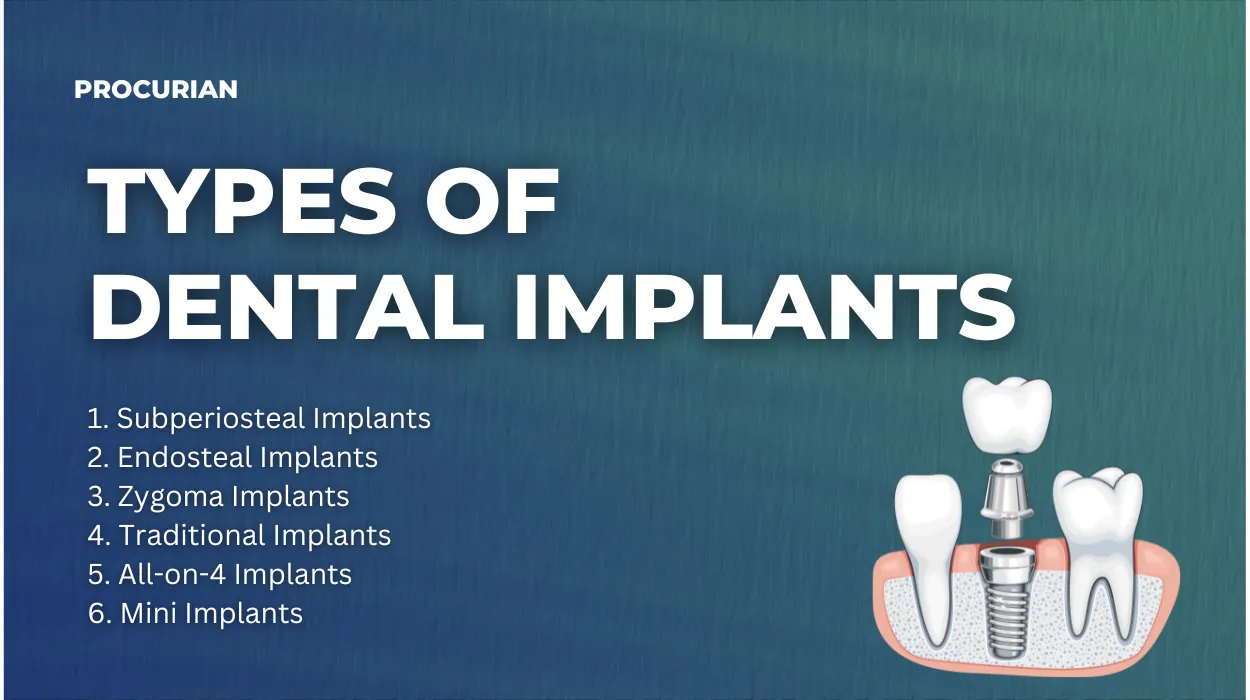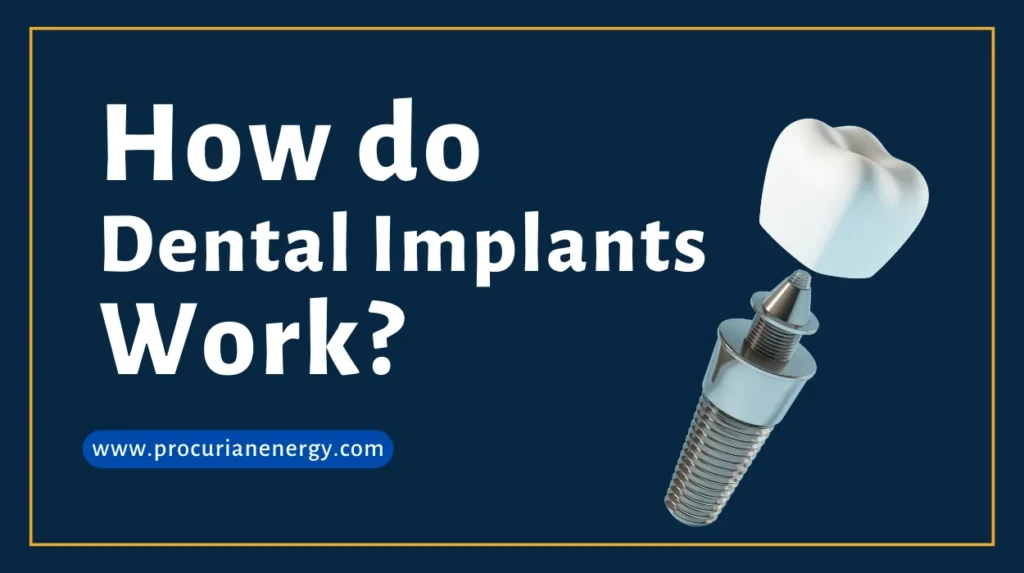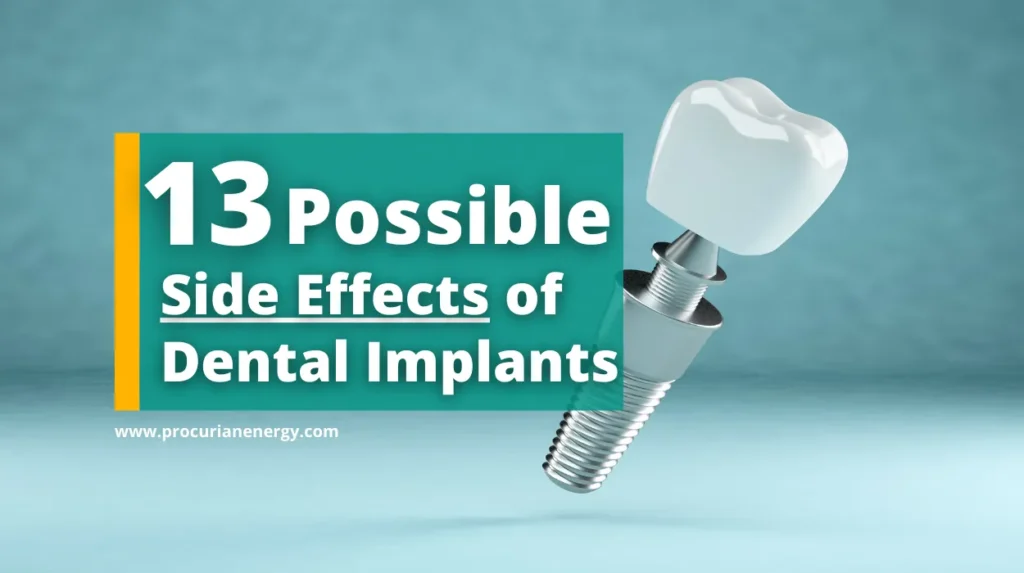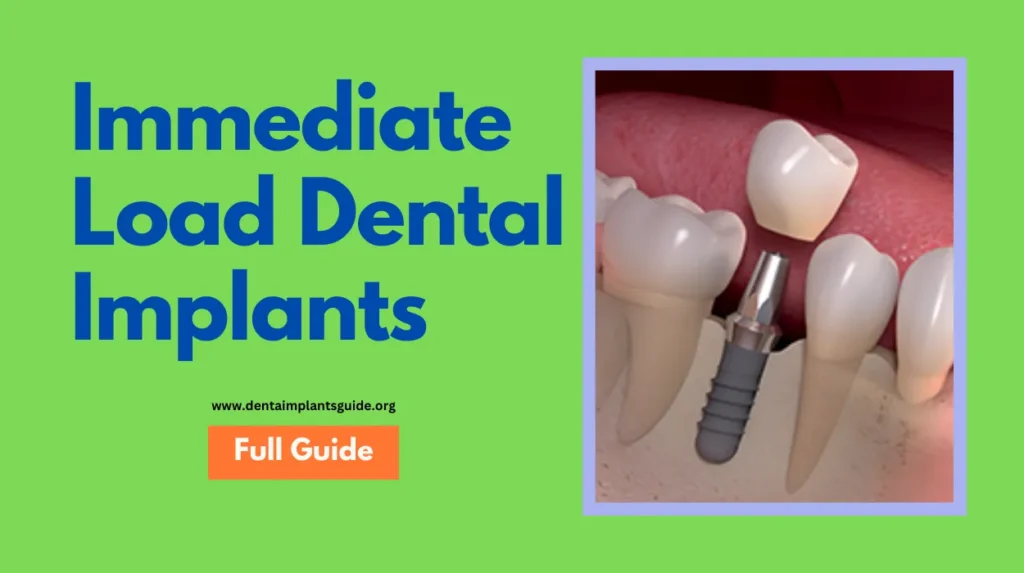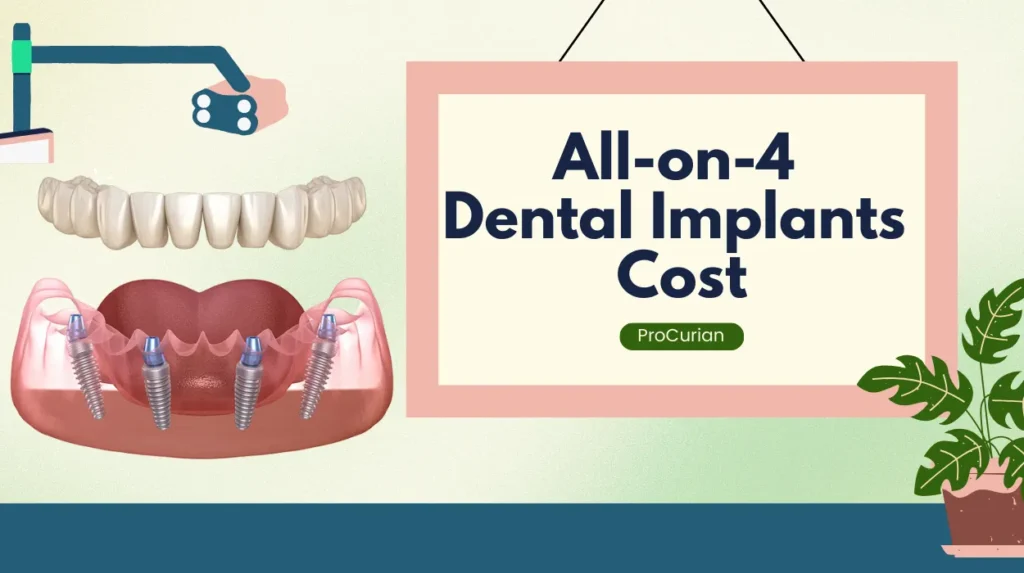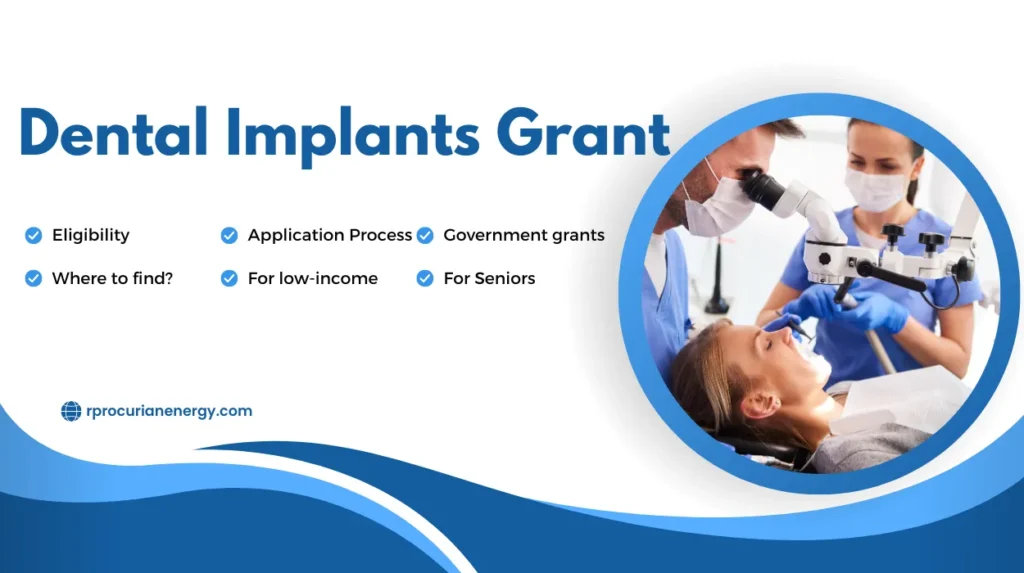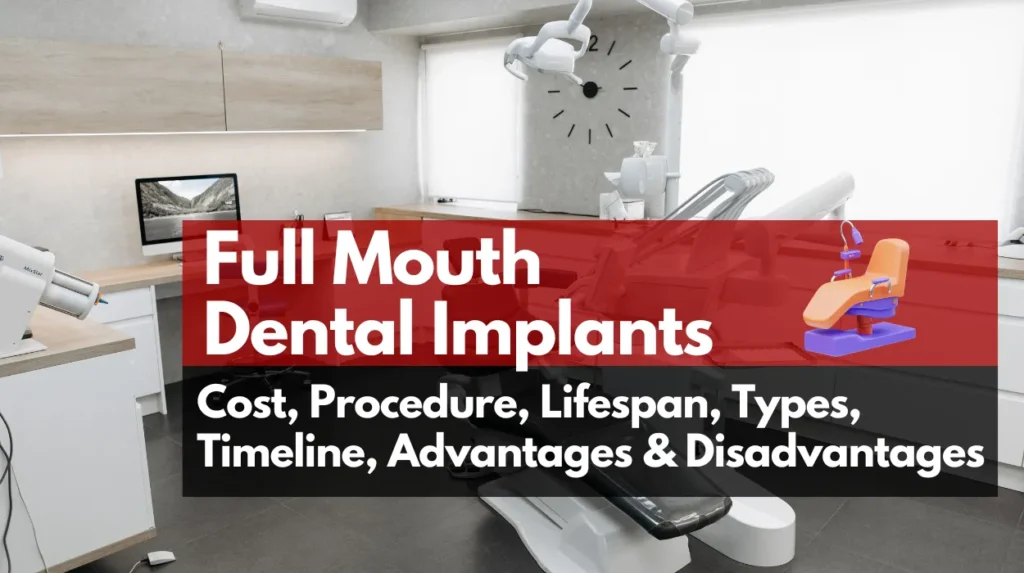Hello readers!
If you’re reading this, chances are you’re curious about dental implants, those nifty little gadgets that can give you a beautiful, natural-looking smile.
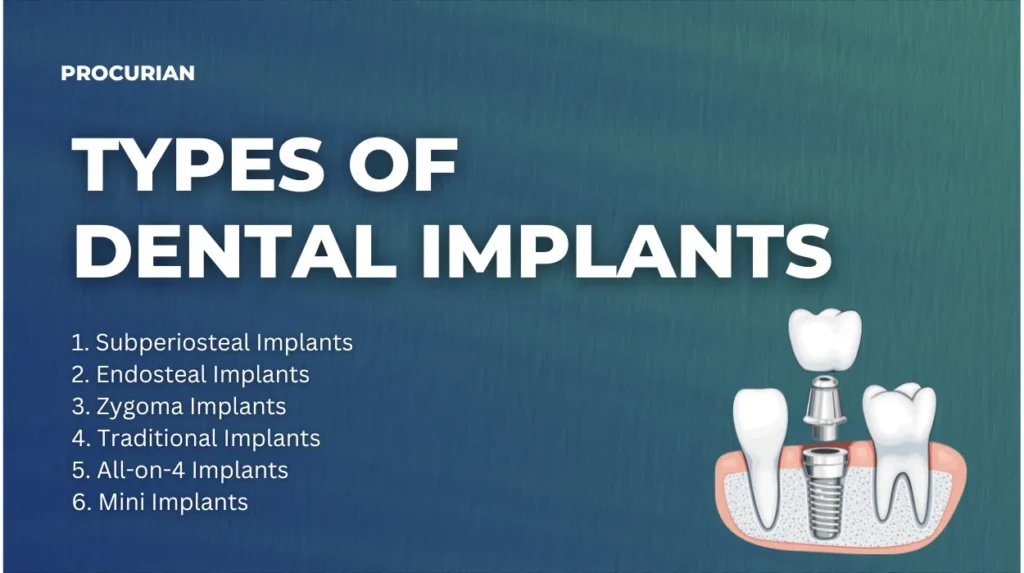
Well, you’ve come to the right place because today, we’re going to break down the various types of dental implants in simple, easy-to-understand language. No fancy jargon here – just the facts you need to know!
1. Subperiosteal Implants
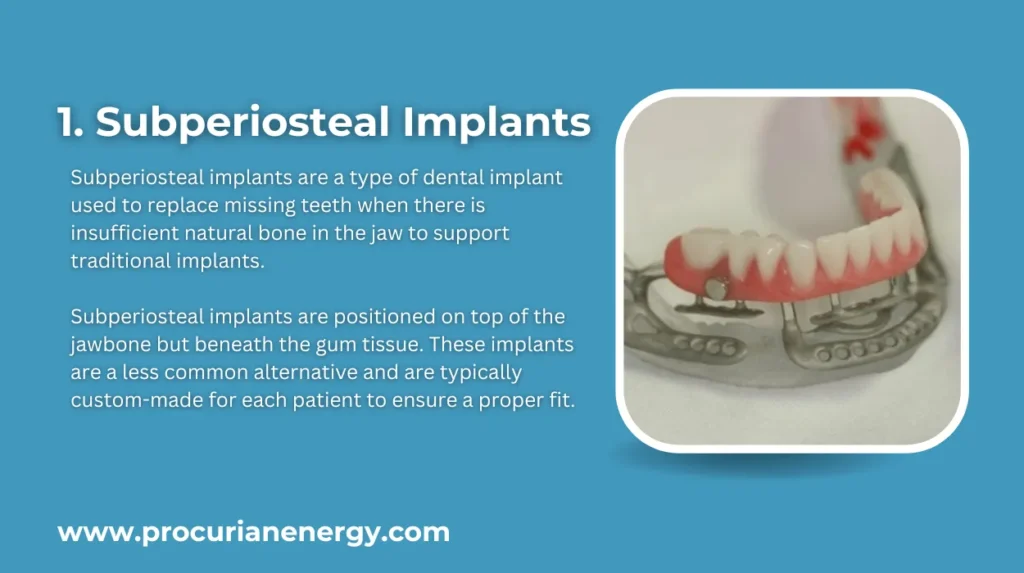
What are Subperiosteal Implants?
Subperiosteal implants are a less common type of implant that sits on top of the jawbone, under the gums. They are used when there is not enough bone for traditional implants.
Cost: $1,000 to $3,000
How Do They Work?
- A metal framework is placed under the gum, on top of the jawbone.
- The framework has posts that protrude through the gums, allowing for the attachment of artificial teeth.
- Subperiosteal implants are custom-made to fit each patient’s jaw.
When are Subperiosteal Implants Used?
Subperiosteal implants are used when there is insufficient natural bone for traditional implants. They are an alternative for patients who want dental implants but cannot undergo bone grafting procedures.
2. Endosteal Implants
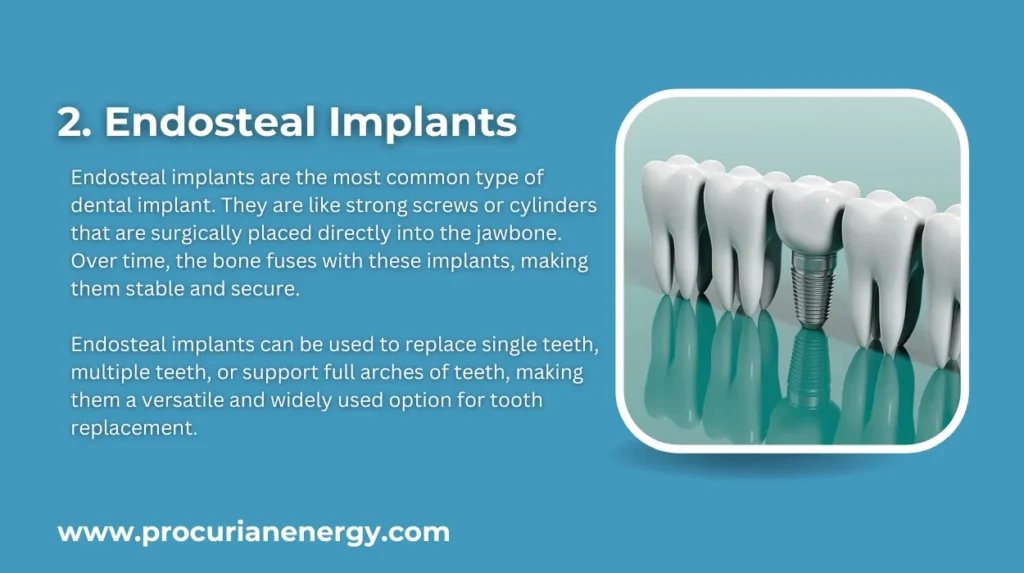
What are Endosteal Implants?
Endosteal implants are the most common type of dental implant. They are placed directly into the jawbone and are often shaped like screws or cylinders.
Cost: $3,500 to $6,000
How Do They Work?
- Endosteal implants are surgically inserted into the jawbone.
- They provide a strong foundation for crowns, bridges, or dentures.
- Over time, the bone fuses with the implant, making it stable and secure.
When are Endosteal Implants Used?
Endosteal implants are versatile and can be used to replace single teeth, multiple teeth, or even to support full arches of teeth.
3. Zygoma Implants
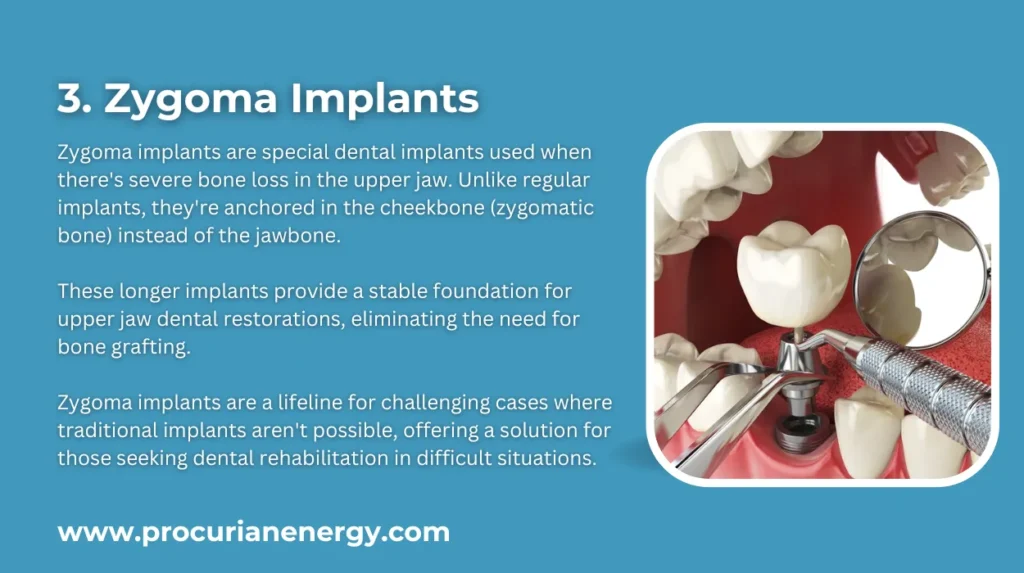
What are Zygoma Implants?
Zygoma implants are an advanced option for patients with severe bone loss in the upper jaw, where traditional implants may not be feasible.
Cost: $4,000 to $8,000
How Do They Work?
- Zygoma implants are longer than regular implants and are anchored in the cheekbone (zygomatic bone).
- They provide a secure foundation for upper arch dental restorations.
- Zygoma implants eliminate the need for bone grafting procedures.
When are Zygoma Implants Used?
Zygoma implants are used when traditional implants are not an option due to insufficient upper jawbone. They offer a lifeline for individuals seeking dental rehabilitation in challenging cases.
4. All-on-4 Implants
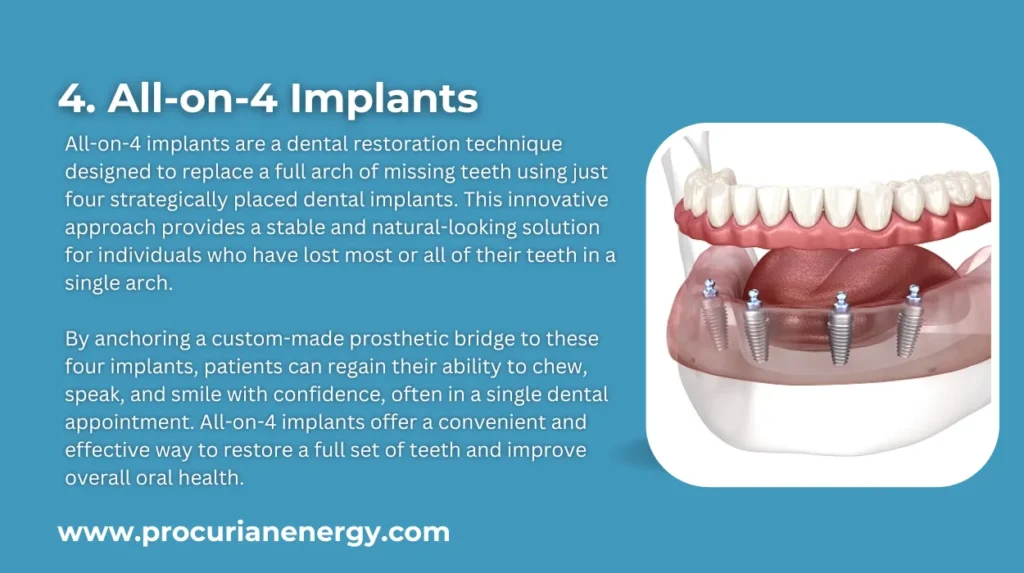
What are All-on-4 Implants?
The All-on-4 dental implant technique is a revolutionary approach to replace a full arch of missing teeth (upper or lower) with just four implants.
Cost: $15,000 to $30,000
How Do They Work?
- Four implants are strategically placed in your jaw to provide support.
- A custom-made set of teeth (denture) is attached to these implants.
- This technique offers a cost-effective and efficient solution for full arch restoration.
When are All-on-4 Implants Used?
All-on-4 implants are ideal for patients who have lost most or all of their teeth in a single arch. They provide a stable and comfortable option for complete teeth replacement.
5. Traditional Implants
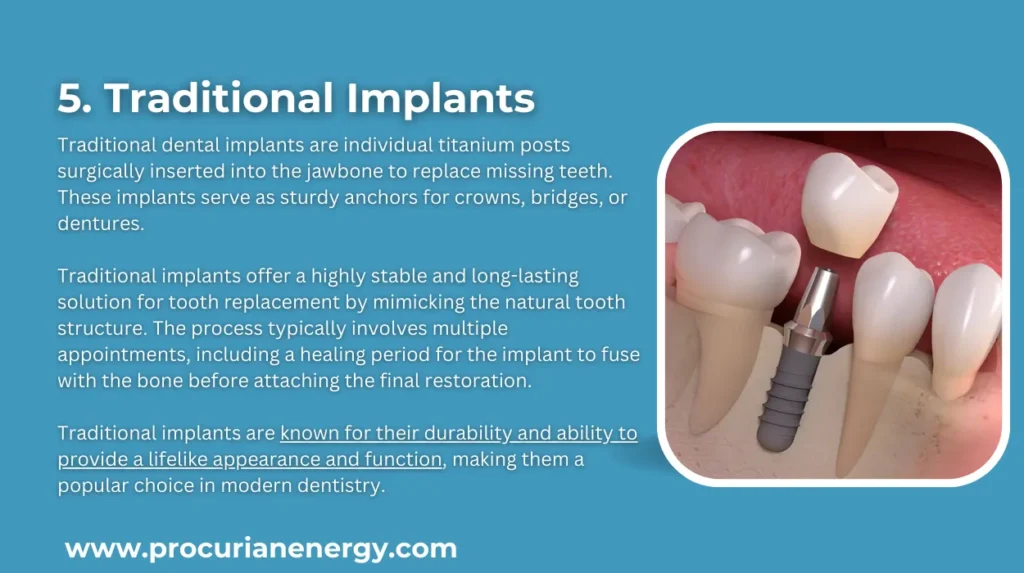
What are Traditional Implants?
Traditional dental implants are like sturdy anchors that are placed into your jawbone to replace a single missing tooth. They consist of three parts: the implant screw, the abutment, and the crown.
Cost: $1,000 to $3,000
How Do They Work?
- The implant screw is surgically placed into your jawbone.
- Over time, your bone fuses with the implant, making it super strong.
- An abutment is attached to the implant, which holds the crown.
- Finally, a custom-made crown is placed on the abutment, looking and functioning just like a real tooth.
When are Traditional Implants Used?
Traditional implants are typically used for replacing single missing teeth. They provide excellent stability and durability.
6. Mini Implants
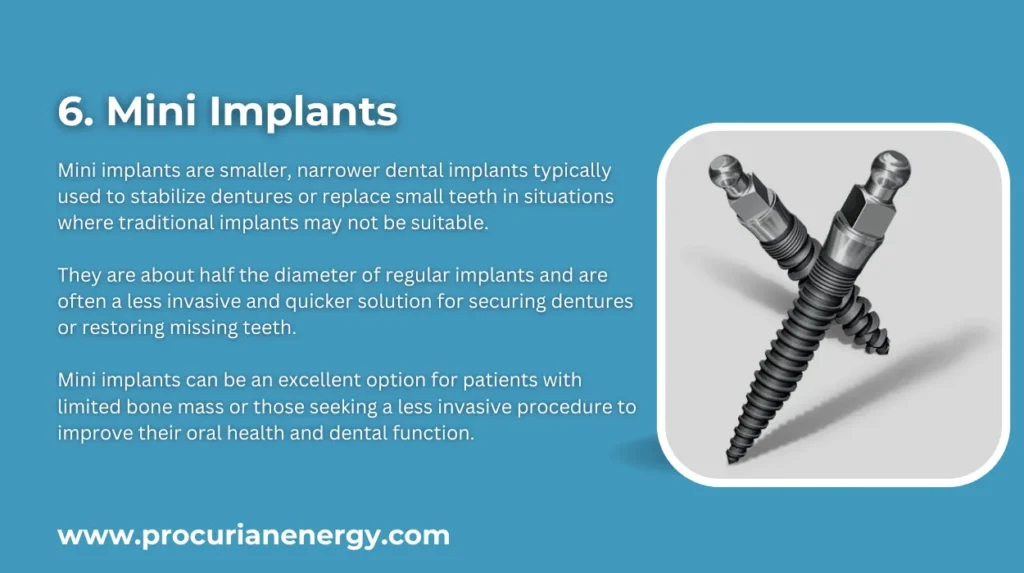
What are Mini Implants?
Mini implants are similar to traditional implants but are smaller in diameter. They are used to stabilize dentures or replace small teeth.
How Do They Work?
Mini implants are less invasive to place because of their smaller size.
They are often used to snap on and secure dentures in place, making them more stable.
Mini implants can also support small individual crowns.
Cost: $500 to $1,500
When are Mini Implants Used?
Mini implants are commonly used for patients who may not be candidates for traditional implants due to bone density issues. They are an excellent option for securing loose dentures.
What are the most realistic dental implants?
The most realistic dental implants are called “implant-supported crowns” or “implant-supported bridges“. These implants look and feel like real teeth because they are custom-made to match your natural teeth in shape, size, and color.
They are firmly attached to the implant in your jawbone, so they stay in place and don’t come out like dentures. These implants can give you a smile that looks and works just like your own teeth, making them the most realistic option for replacing missing teeth.
How many teeth can you put on one implant?
You can usually put one tooth on one implant. Each dental implant is like a strong root for a single tooth. So, if you need to replace multiple teeth, you might need more than one implant.
Which type of dental implants has the highest success rate?
Endosteal implants are known for having one of the highest success rates among dental implant types, with a success rate of around 95%.
These implants are placed directly into the jawbone and offer excellent stability and durability.
What is the failure rate for dental implants?
The failure rate for dental implants is low, around 5% to 10%. This means that most of the time, dental implants work well and last a long time.
What is the latest technology in dental implants?
The latest technology in dental implants is something called “3D printing.” It’s like when you use a fancy machine to make a cool toy, but instead, they use it to make a replacement tooth that fits perfectly in your mouth.
This helps people with missing teeth to smile and eat better, making their lives happier and healthier.
Related Articles:
- How much do Dental Implant Cost in the USA?
- Why NO Dairy after Dental implant & What to Eat Instead?
Important FAQs related to Dental Implants
What are dental implants?
Dental implants are like tiny screws or posts that dentists put in your jaw to replace missing teeth.
How many types of dental implants are there?
There are two main types: endosteal (in the bone) and subperiosteal (on the bone).
What are endosteal implants?
Endosteal implants go into your jawbone and are the most common type. They are like strong roots for your new teeth.
What are subperiosteal implants?
Subperiosteal implants sit on top of your jawbone under your gum. They are used when you don’t have enough jawbone for endosteal implants.
Are there any other special types of dental implants?
Yes, there are some newer ones like zygomatic and mini implants, but they are not as common.
How do I know which type of implant is right for me?
Your dentist will check your jawbone and teeth to decide which type is best for your situation.
Do dental implants look and feel like real teeth?
Yes, they are designed to look and feel like natural teeth, so you can smile and eat normally.
Is the implant process painful?
The implant process may cause some discomfort, like a toothache, but the dentist will use numbing to make it less painful.
How long do dental implants last?
With proper care, dental implants can last a lifetime.
Can anyone get dental implants?
Most people can get dental implants, but your dentist will assess your health and jawbone to see if you’re a good candidate.
Final Words
Dental implants come in a variety of forms to accommodate various requirements and circumstances, and their prices can vary greatly.
Your dentist will evaluate your unique situation and your dental needs and financial situation to determine which implant type is best for you.
Whether it’s traditional implants, mini implants, All-on-4 implants, subperiosteal implants, endosteal implants, or zygoma implants, modern dentistry provides a range of effective solutions to replace missing teeth and restore your smile.
Remember to consult with your dentist to get a more accurate estimate of the costs based on your individual circumstances.
